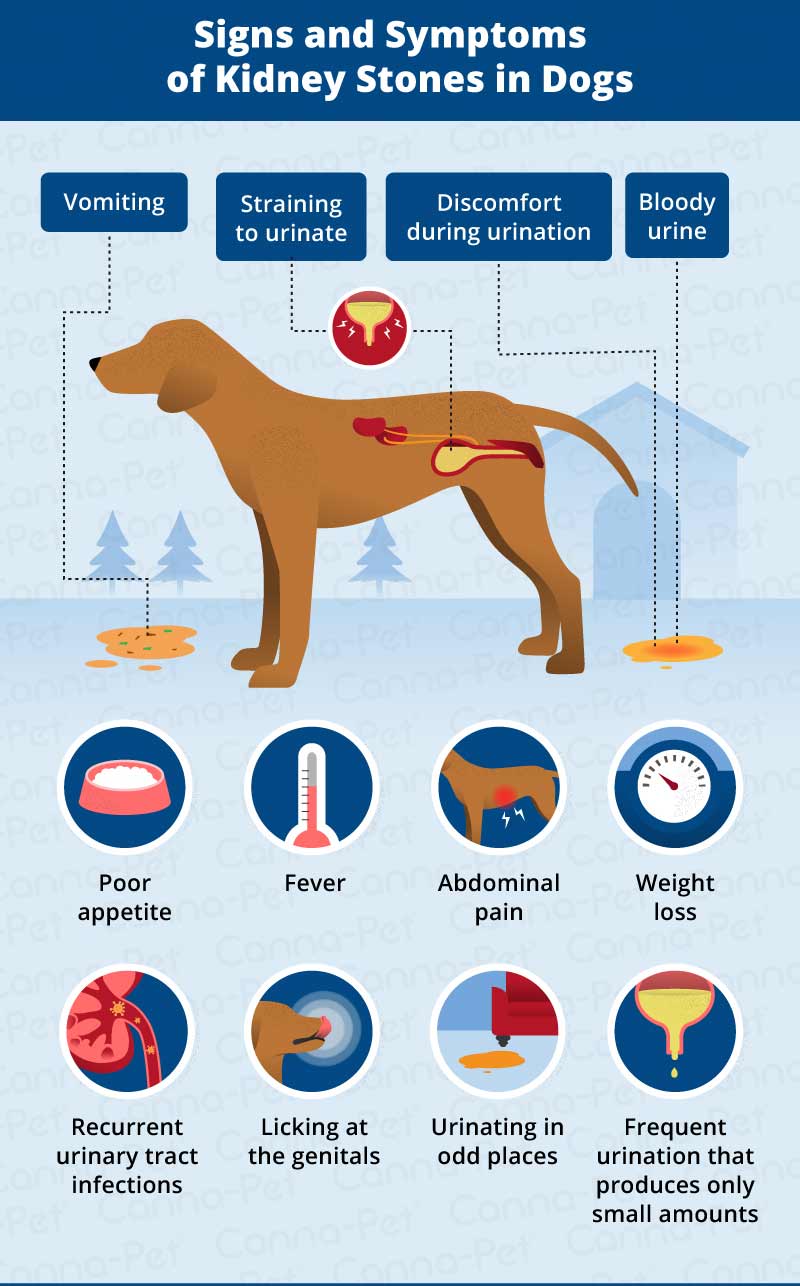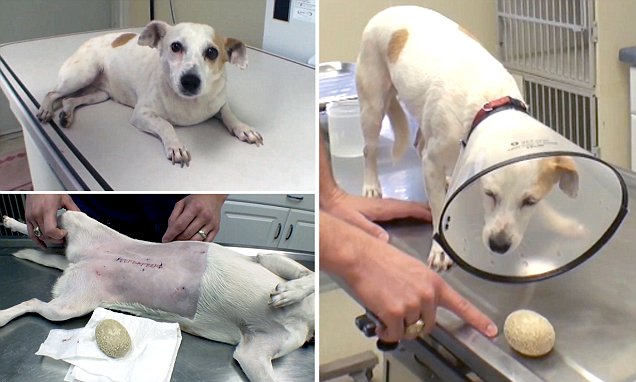Health, Pet Dogs, Taking care of pets
Dog Kidney Stones: Causes and Treatment Options
Recently, Inkpawarts has received many questions about kidney stones in dogs. The main questions are how to recognize the disease and how to treat it.
Like us, kidney stones can also occur in dogs and cats. Bladder stones are actually a mixture of mineral deposits. Formed into shapes similar to many stones of different sizes. Let’s find out through the following article.
Signs of kidney stones in dogs
Some cases of the disease often have no abnormal signs. However, most patients have changes in the body. Typically the following symptoms:
When unable to urinate, the dog will become lethargic, lose appetite or vomit. When waste in the bladder is not released. It is not only painful but also accumulates toxins that cannot be excreted in the blood, damaging the kidneys.
Another consequence could be a herniated bladder. Or urine leaking into the abdominal cavity. This is why you need to take your dog to the doctor as soon as you suspect your dog has kidney stones.

Time course of kidney stones in dogs
Kidney stones usually develop over a period of weeks to months, depending on the level of mineral deposits and inflammation in the body. Large stones take several months to form. But some smaller stones may take as little as 2 weeks.
Causes of kidney stones in dogs
- The amount of minerals in the body increases. Causing mineral deposits to become saturated and precipitate in the bladder. The crystals of the deposits stick together and form stones that gradually increase in size over time.
- Some alkaline or acidic stones form to neutralize the urinary environment to a pH-balanced level.
- Urinary tract infections alter the pH of the bladder environment. Stimulate the formation of kidney stones.
- Abnormalities in the absorption and excretion of certain substances can also cause kidney stones. This condition occurs more frequently in certain breeds. For example, Dalmatians.
Diagnosis of kidney stones in dogs
Dogs with kidney stones have many symptoms that are quite similar to bladder infections. However, dogs with bladder infections do not necessarily have kidney stones. Therefore, we cannot conclude the disease based on these common clinical signs.
Kidney stones can be detected by palpation of the lower abdominal wall with the fingers. However, some kidney stones are too small, or too large and hard to detect. In this case, they need to be examined by ultrasound or X-ray to determine the condition.
If your dog shows signs of kidney stones, your veterinarian may test him or her using one or both of the above methods.
Some stones cannot even be identified by X-rays, which are radiolucent. Their mineral compounds cannot capture light and reflect X-rays. Therefore, the doctor needs to perform ultrasound or retrograde X-ray. Creates retrograde color to detect radiolucent stones in the bladder.
Treatment for dogs with kidney stones
The most common treatment for kidney stones is abdominal surgery to remove the stones. After about 2-4 days of recovery, most patients will improve rapidly. Blood in the urine will continue for several days after surgery.
In cases of urinary tract obstruction, surgery should be performed as soon as possible to prevent possible adverse events. However, this is not the optimal method for patients with complex health conditions.
Diet can also help eliminate and dissolve some types of kidney stones. Thus, this method has the advantage of not requiring surgery and is suitable for some individuals. However, the treatment process lasts for months. While the pet still has to suffer from pain due to problems with urinary retention, blood in the urine, etc.
Also, not all dogs will accept this treatment, so it is not a cure-all. Nor does it work for all types of kidney stones.
Notes on food for dogs with kidney stones
What kind of food should be used for dogs with kidney stones?
In addition to using medication as directed by your veterinarian, in treating dogs with kidney stones, owners should also pay attention to their diet. Depending on your veterinarian’s diagnosis, change your pet’s diet.
Excess amounts of mineral salts such as calcium , potassium, sodium, ammonia or carbonate in a dog’s diet can all contribute to kidney stone formation. A diet that eliminates or reduces one or more of these factors may resolve kidney stones in dogs.
Dog foods for kidney stones are low in protein, purine and may benefit dogs with urate stones. Calcium oxalate stones are a result of high calcium in the diet and a low calcium diet will help your dog cope more effectively.
Notes when buying dog food
When buying dog food, you need to pay attention to the origin. Currently, there are many fake brand products, poor quality dog food, seriously affecting the health of puppies. Therefore, you should not be greedy for cheapness and accidentally harm your friend.
You should use more wet dog food. In case of using dry dog food , make sure to provide enough water for your pet. Currently, at Pet Mart, there are many types of dog food that support and prevent kidney stones in dogs. You can buy genuine dog food for kidney stones here .
Preventing kidney stones in dogs
Just like humans, you need to observe your dog regularly to promptly detect unusual symptoms. Learn the signs of illness and take them to the veterinary hospital if you suspect your dog has kidney stones, to get advice on the best solution.

